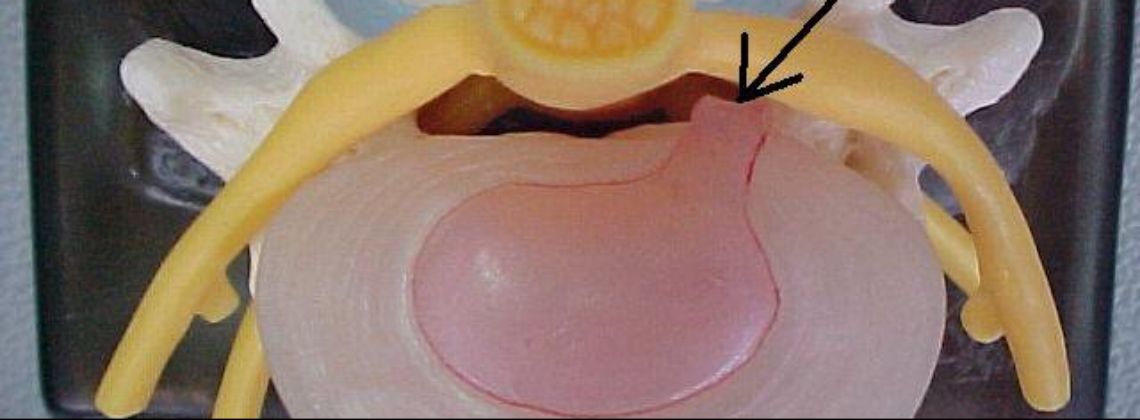
Injuries to the discs of the spine are the most common injuries we see as injury attorneys at Spaulding Injury Law. Typically these are bulges or herniation of the cervical (neck), thoracic (mid-back), or lumbar (lower back) discs. One particular type of disc injury not seen too often as a result of a personal injury incident is an annular tear.
An annular tear occurs when the liquid inside a disc leaks out of the center of the disc causing the liquid to come into contact with tissue or nerves in the body causing pain, numbness, and other associated problems. Unfortunately, unlike bulging or herniated discs, annular tears are difficult to heal often times leaving the patient with symptoms indefinitely even after invasive surgical procedures.
We most often see clients with annular tears as a result of a violent car accident. This seems to be the case because annular tears are typically produced by an injury-causing significant spinal column pressure on the discs between the spinal.
The telltale signs of an annular tear are back pain with or without leg pain that is worse with sitting; a positive sciatic stretch test causing worsening of back pain over leg pain, and increased pain when pressure is applied to the spine. A discogram is the best objective study to determine whether you have an annular tear, at what level of your spine, and what side of the disc contains the leak.
A discogram is an x-ray guided procedure under local anesthesia. The doctor takes a needle and injects dye into the center of each disc he or she believes contains an annular tear (typically the doctor has already ordered an MRI or CT scan that shows where the suspected tear(s) are). The x-ray scan is then used to see if the dye leaks out of the disc and where. Interestingly, doctors have told us that they will know right away if a disc contains an annular tear upon the injection of the dye into the disc because doing so will generate immediate intense pain in the patient.
In addition to tracking the seepage of the dye, the doctor will also measure the pressure within each affected disc. Again, this is because the pressure is the number one cause of annular tears.
Most of our clients that have been diagnosed officially with an annular tear through MRI, CT, and/or a discogram end up having a decompression procedure of some sort performed. These procedures can range from minimally invasive procedures to lessen the pressure on the affected disc to full-blown surgery to decompress the disc. Which procedure depends on the exact finds of your doctor.
Spinal injuries such as annular tears are very traumatic, affect a person’s daily life for years–potentially indefinitely, and are very expensive to treat. Therefore, it is always important that someone suffering from a serious spinal injury caused by the fault of another, speak to a qualified car accident lawyer about his or her rights to compensation for medical expenses and pain and suffering.









